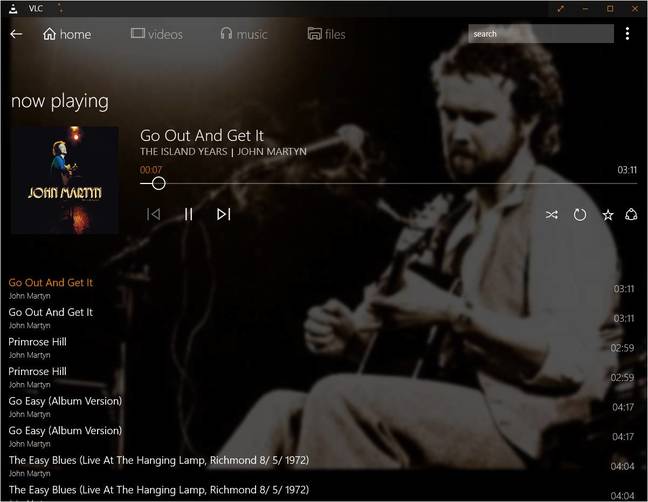This article is more than 1 year old
Two weeks of Windows 10: Just how is Microsoft doing?
Apart from the upgrade fails, bugs, and missing features, great
The heart of the matter
The above are just the teething problems though; how is Windows 10 once you leave such things aside?
The answer to this is in the Universal Windows Platform (UWP), also known as Metro, Modern apps, or Store apps – meaning apps that use the Windows Runtime application platform.
This has improved greatly over its Windows 8 implementation, partly no doubt because of greater internal use, including the Office team for Office Mobile (Word, Excel and PowerPoint), the Start menu and Settings apps, and apps such as Xbox, Photos and Groove Music which intended as key Windows 10 attractions.
Despite the improvements though, UWP apps tend to be slower to load and use than equivalent desktop apps, and this may account for a sense that Windows 10 is slower than Windows 8.x.
It is worth noting that the Start screen in Windows 8 was not itself a Metro app even though it behaved like one.
The greater prominence of UWP apps in Windows 10 means that it is more dependent on the Windows Runtime than its predecessor, though you can still mostly ignore it if you install an alternative Start menu.
The key question though is not the extent to which you can ignore the UWP, but rather the extent to which it is a compelling selling point for Windows 10. It is getting there; some of the new built-in apps are decent, and while the overall standard of third-party apps in the Store remains poor, there are signs of life.
The latest version of the VLC media app for Windows Store looks good, for example, though still less stable than the desktop version. In general though, the performance, quality and stability of UWP apps versus desktop apps is lacking, and that is a huge problem given that these are intended to the future of the Windows platform.

VLC on Windows 10
'Productivity juggernaut'
The chunky controls in the UWP and the cut-down API seems to push developers towards simpler applications, and that is not always welcome.
“Us power users really want options, many of these apps don’t even have a right click menu ... Windows has always been a productivity juggernaut and the built in apps should reflect that,” said one user via the Windows 10 feedback application.
Despite these concerns, Windows 10 is proving more acceptable to Windows 7 users than Windows 8, and there are features that make the upgrade worthwhile, such as multiple desktops, DirectX 12 (once games that use it start to flow) and quick access to settings via the Action Center.
None of those are essential though. Aside from numerous bug fixes, it is all about the app platform, which still needs work before Windows 10 will be truly compelling.®
